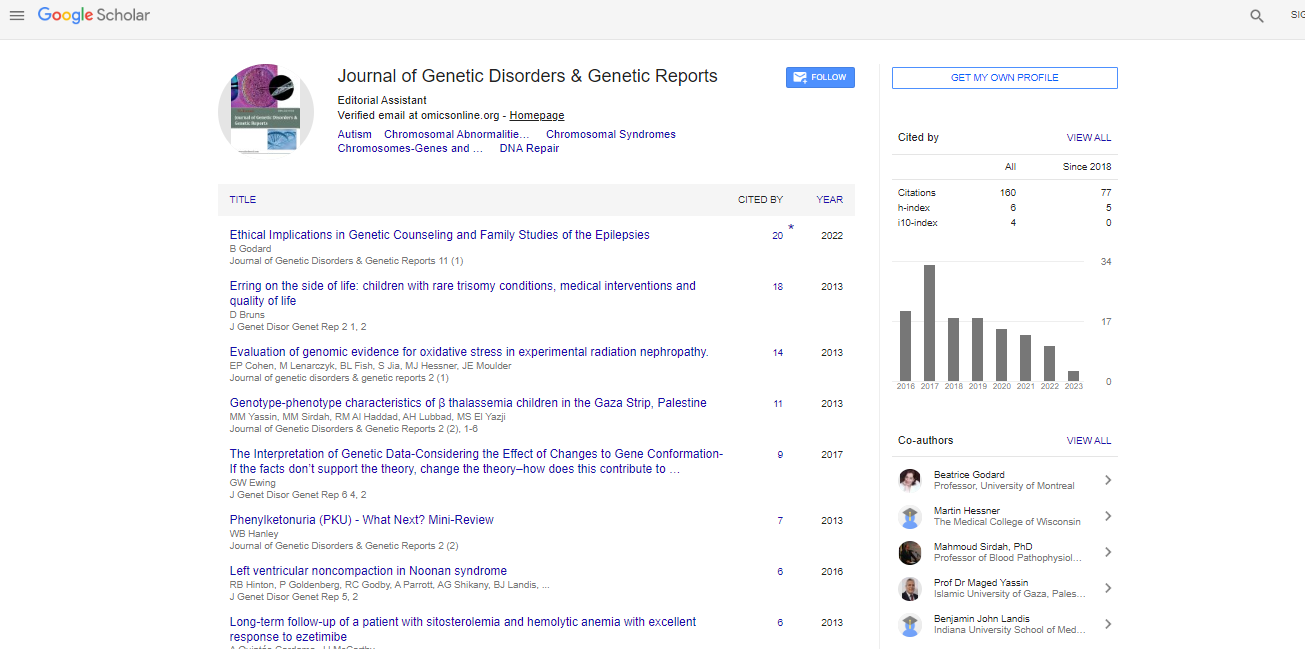Case Report, J Genet Disor Genet Rep Vol: 2 Issue: 1
Long-Term Follow-Up of a Patient with Sitosterolemia and Hemolytic Anemia with Excellent Response to Ezetimibe
| Alfonso Quintás-Cardama1* and John J. McCarthy2 | |
| 1Department of Leukemia, M.D. Anderson Cancer Center, Houston, TX, USA | |
| 2Methodist Hospital, Houston, TX, USA | |
| Corresponding author : Alfonso Quintás-Cardama Department of Leukemia, UT MD Anderson Cancer Center, Unit 428, 1515 Holcombe Blvd, Houston, TX 77030 Tel: 713-745-4009 E-mail: aquintas@mdanderson.org |
|
| Received: December 04, 2012 Accepted: January 10, 2013 Published: January 10, 2013 | |
| Citation: Quintás-Cardama A, McCarthy JJ (2013) Long-Term Follow-Up of a Patient with Sitosterolemia and Hemolytic Anemia with Excellent Response to Ezetimibe. J Genet Disor Genet Rep 2:1. doi:10.4172/2327-5790.1000102 |
Abstract
Long-Term Follow-Up of a Patient with Sitosterolemia and Hemolytic Anemia with Excellent Response to Ezetimibe
Sitosterolemia (MIM #210250), also known as phytosterolemia, first described in 1974, is characterized by disruption of the normal homeostatic mechanisms that regulate dietary cholesterol absorption and prevent the accumulation of non-cholesterol sterols. Phytosterols are almost undetectable in plasma from normal individuals. Sitosterolemia is inherited in an autosomal recessive fashion and results from mutations in two genes at the STSL locus that maps to human chromosome 2p21: the ATP-binding cassette,subfamily G, members 5 and 8 (ABCG5 and ABCG8), that encode two proteins known as sterolin-1 and -2.
 Spanish
Spanish  Chinese
Chinese  Russian
Russian  German
German  French
French  Japanese
Japanese  Portuguese
Portuguese  Hindi
Hindi 



